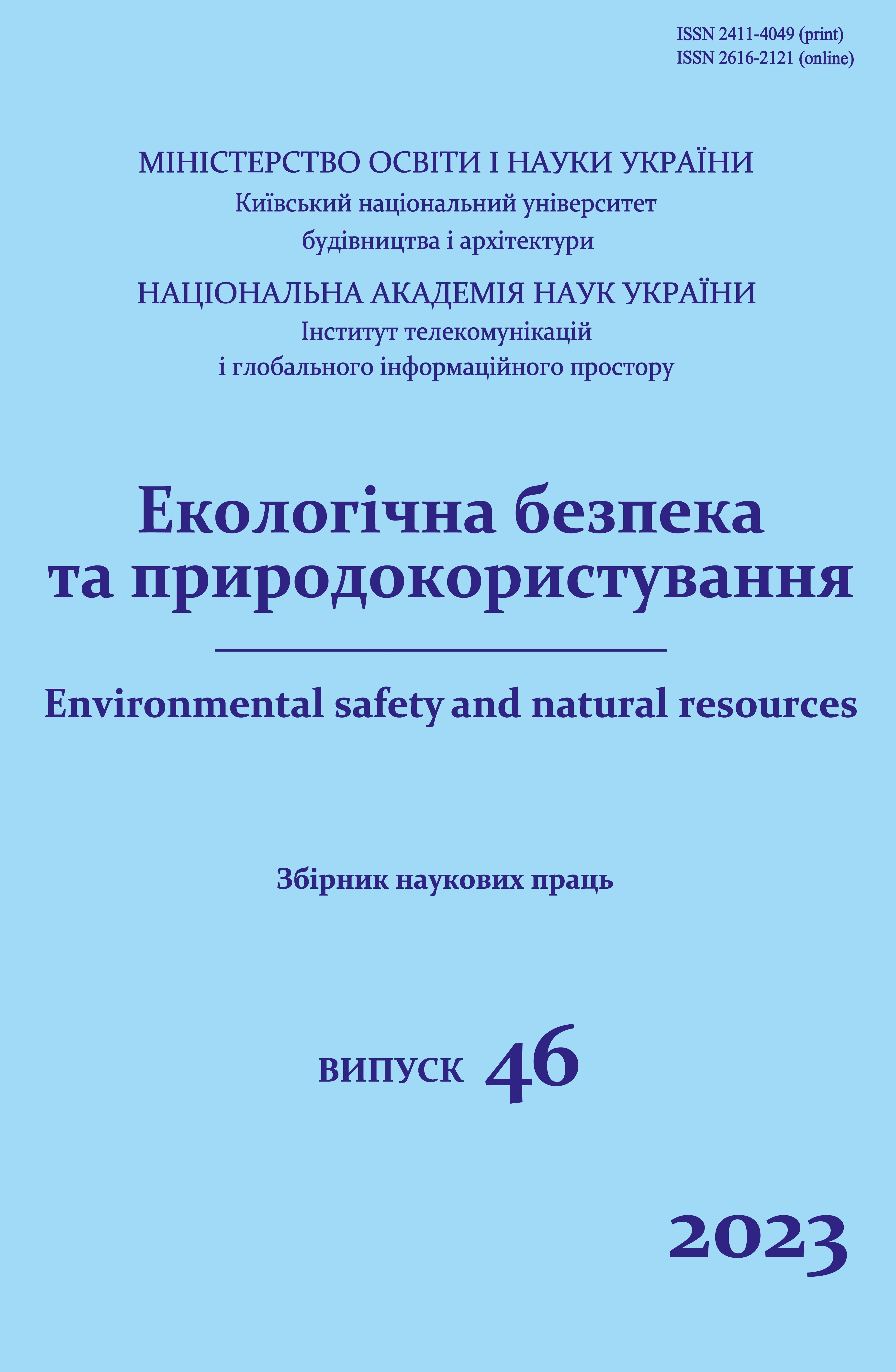Analysis of the fractional composition of the dust of the working area when drilling composite materials based on carbon fibers
DOI:
https://doi.org/10.32347/2411-4049.2023.2.100-108Keywords:
dust fraction, dust load, working area, dispersed composition, mechanical processing, occupational healthAbstract
Modern production of unmanned aerial vehicles is characterized by the use of high-tech materials based on carbon fibers, the assembly operations of which are characterized by a large number of mechanical drilling operations, which are performed mainly by hand using a carbide tool with a diamond coating. The paper presents a study of the concentrations and dispersion of the dust composition and the geometric shape of the dust-forming particles in the working space of workers of machining shops during the technological operations of drilling, milling and countersinking of packages of composite materials based on carbon polyacrylonitrile fibers. On the basis of the conducted experiments, the regularities of the distribution of dust of different fractions in the horizontal and vertical planes of the working space at a distance covering the zone of the immediate location of the worker during this type of operation were determined. The obtained data made it possible to record a significant excess of the maximum allowable concentrations of finely dispersed residues of polyacrylonitrile fibers in the working area of the drill, 2.5 and 10 μm in size and elements of the carbon matrix. In order to investigate the possibility of a negative impact of the dust of the working area on the body of the worker, a study of the fractionation and geometric shape of carbon fiber fragments was performed using raster microscopy, based on which it was concluded that the fiber fragments have a spear-shaped, pointed shape, and the carbon matrix forms conglomerates, which are characterized sharp edges and can cause significant damage when they affect the human respiratory system. On the basis of the obtained results, recommendations were given in the work to improve the indicators of the dust load of workers to normalized values with the help of the use of special suction devices and personal protective equipment with special filters.
References
Pyatnytsia-Gorpynenko, N. (2015). The current state of the problem of air quality assessment of the working area. Environment and Health, 2, 24-26 [in Ukrainian].
Wahyu Susihonoa, I Putu Gede Adiatmikab. (2020). Assessment of inhaled dust by workers and suspended dust for pollution control change and ergonomic intervention in metal casting industry: A cross-sectional study. Heliyon. 2020 May; 6(5). https://doi.org/10.1016/j.heliyon.2020.e04067
Azarov, V., Тrokhimchyk, M., & Sidelnikova, O. (2016). Research of Dust Content in the Earthworks Working Area. Procedia Engineering, 150, 2008-2012. https://doi.org/10.1016/j.proeng.2016.07.282
Chencheva, O., Burdeyna, N., Lashko, E., Shevchenko, V., & Petrenko, I. (2022). The impact of dust formation during mechanical processing of carbon-carbon composites on the risk of occupational diseases. Problems of labor protection in Ukraine, 38(3–4), 25–33 [in Ukrainian].
Salenko, A., Chencheva, O., Glukhova, V., Shchetynin, V., Budar, M. R. F., Klimenko, S., & Lashko, E. (2020). Effect of slime and dust emission on micro-cutting when processing carbon-carbon composites. Eastern-European Journal of Enterprise Technologies, 3(1 (105), 38–51. https://doi.org/10.15587/1729-4061.2020.203279
Order of the Ministry of health of Ukraine dated July 14, 2020 No. 1596 "On the approval of hygienic regulations for the permissible content of chemical and biological substances in the air of the working area."
Downloads
Published
How to Cite
Issue
Section
License
Copyright (c) 2023 Chencheva O.O.

This work is licensed under a Creative Commons Attribution 4.0 International License.
The journal «Environmental safety and natural resources» works under Creative Commons Attribution 4.0 International (CC BY 4.0).
The licensing policy is compatible with the overwhelming majority of open access and archiving policies.

